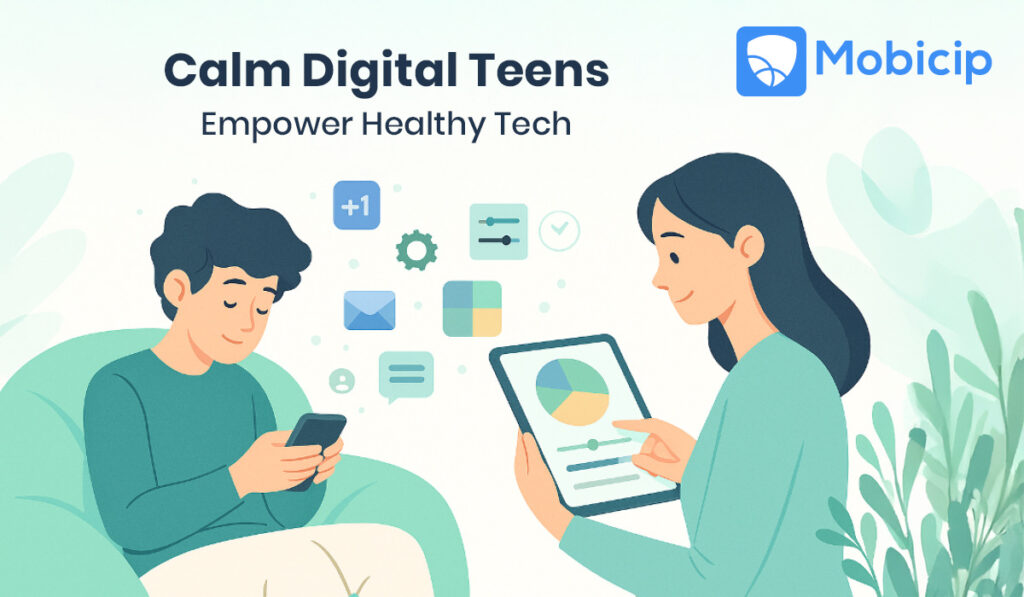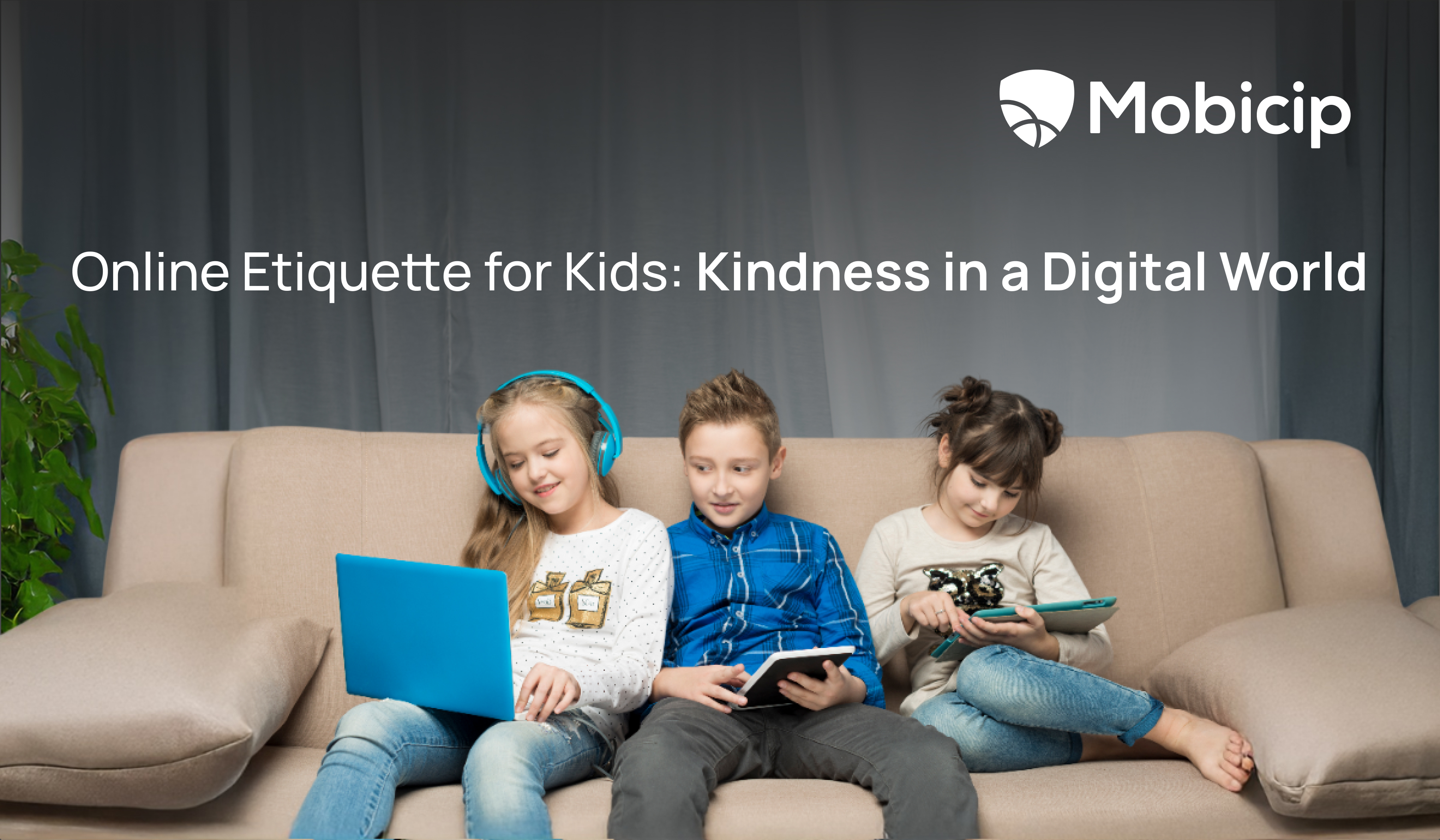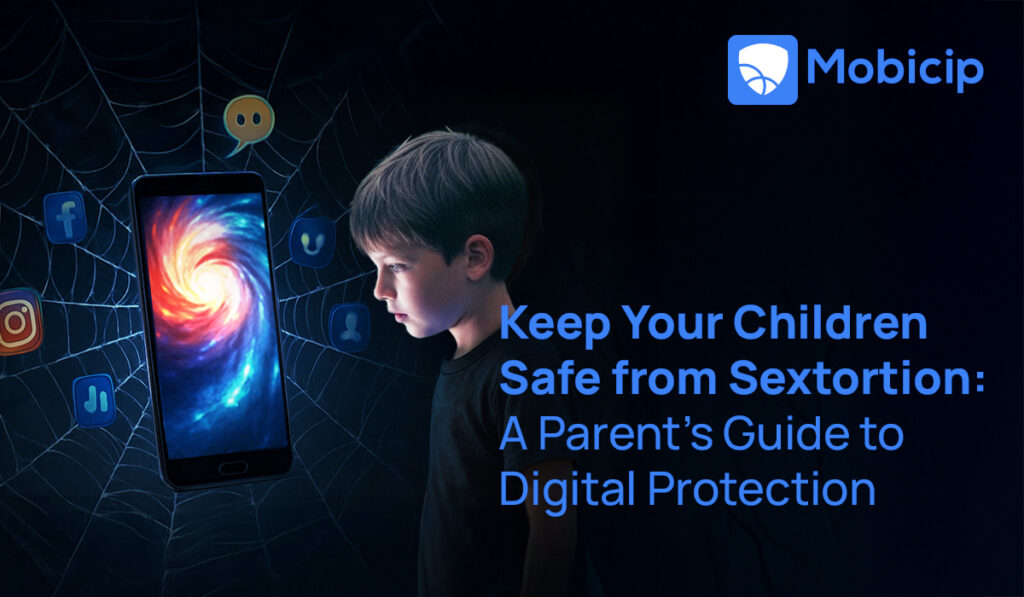Understanding Digital Anxiety in Children
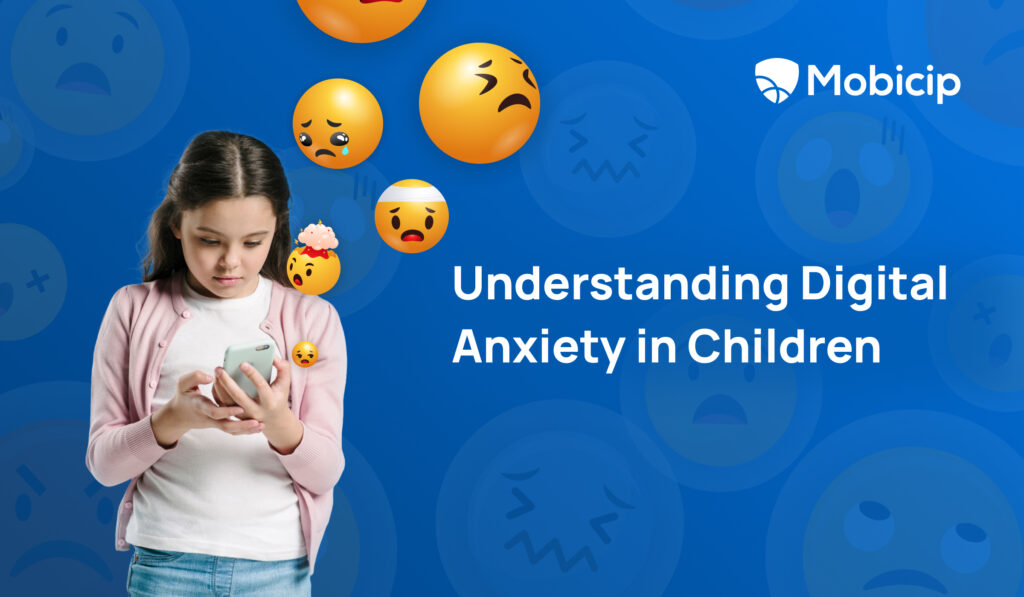
Digital anxiety refers to the stress, worry, or unease children experience due to their interactions with digital technology, particularly the internet, social media, and online communication tools. Unlike general anxiety—which can stem from a wide range of life situations—digital anxiety is specifically tied to the pressures, comparisons, and overstimulation that occur in virtual spaces.
With the rapid rise of digital media use among children, the psychological implications have become increasingly evident. Social media, online gaming, and streaming platforms offer entertainment and connection, but they also present emotional challenges that can impact mental health. As a proactive solution, tools like Mobicip help parents manage screen time and online exposure, offering a way to safeguard children from the negative effects of unchecked digital engagement.
The Rise of Digital Media and Its Psychological Impact
Children today are spending more time online than ever before. According to the Centers for Disease Control and Prevention (CDC), between July 2021 and December 2023,
- 50.4% of teenagers aged 12–17 spent four or more hours on screens each day.
- Another 22.8% averaged three hours daily.
- 17.8% spent two hours
- 6.1% spent one hour, and
- just 3.0% managed to keep their daily screen time below one hour.
Mobicip recently analyzed anonymized data from thousands of families and found similar trends. Children and teens devote 62% of their screen time to social media (31%) and entertainment (31%), indicating a preference for passive engagement and digital connection. Gaming accounts for 16%, while the remaining 22% is split between education, messaging, and utility apps. Younger children (6–10) are drawn to Roblox and YouTube, while ages 11–13 shift toward TikTok and Instagram. By 14–17, Snapchat, Instagram, Spotify, and WhatsApp dominate as tools for communication, self-expression, and peer interaction.
While these platforms offer entertainment and connection, constant connectivity also contributes to digital overstimulation and emotional fatigue. The flood of notifications, media, and peer updates can strain attention spans and mental well-being.
Common Triggers of Digital Anxiety in Children
In recent years, rising screen time has been closely linked to growing mental health concerns among children. Constant online engagement can introduce a steady stream of pressures—both subtle and overt—that shape how kids see themselves, their relationships, and the world around them. From comparing themselves to idealized social media portrayals to coping with the stress of cyberbullying, young users face emotional challenges previous generations never encountered. Unfiltered exposure to harmful content and the endless inflow of information can overwhelm developing minds.

The above graph is from here.
Understanding these triggers is the first step toward helping children navigate technology with resilience and balance.
Social Comparison on Social Media
Social platforms are built on curated, highlight-reel versions of life. Children, lacking the life experience to recognize these as selective portrayals, often see them as reality. This can create feelings of inadequacy, exclusion, and diminished self-worth, especially during vulnerable stages of identity development.
Fear of Missing Out (FOMO)
Notifications, status updates, and online events feed a constant sense of urgency to stay connected. This compulsion to check in can lead to heightened anxiety and disrupt offline activities, rest, and relationships.
Cyberbullying and Online Harassment
Hurtful messages, exclusion from online groups, and targeted harassment can deeply wound a child’s self-esteem. Unlike traditional bullying, digital harassment follows them into what should be safe spaces, making recovery harder.
Exposure to Inappropriate Content
Encountering violent, sexual, or misleading content without adult guidance can leave children feeling fearful, confused, or even traumatized.
Information Overload
The relentless stream of videos, news, and social updates can overwhelm cognitive capacity, making it harder for children to process information, focus on tasks, or unwind.
Behavioral and Emotional Symptoms of Digital Anxiety
Children with digital anxiety often display noticeable changes in behavior and mood. They may become irritable or show frequent mood swings.
M/any experience disrupted sleep patterns, including difficulty falling asleep or staying asleep. Some withdraw from friends, family, and offline hobbies they once enjoyed. Others lose interest in sports, reading, or creative activities.
Academic performance may decline as focus and motivation drop. Homework may take longer, and grades may slip despite effort. Children may rely on devices to cope with boredom, stress, or sadness. They often turn to games, chats, or videos for comfort. This pattern can create dependency and reduce their ability to self-regulate emotions without screens.

Parents and educators must watch for these signs consistently. Recognizing symptoms early allows timely intervention before unhealthy patterns solidify. Open conversations about online activities encourage trust and honesty. Asking about their favorite apps or recent experiences helps uncover hidden stressors.
Adults can guide children toward balanced tech use through structure and encouragement. Regular check-ins help children reflect on their digital habits. Early action and communication can reduce the risk of lasting emotional or academic harm.
The Role of Digital Resilience and Emotional Regulation
Digital resilience enables children to adapt, cope, and recover from negative online experiences. It serves as a crucial skill in today’s hyperconnected environment. Children who face challenges online but respond with problem-solving skills maintain better emotional health.
However, many children turn to devices as an escape from discomfort. They may avoid addressing difficult emotions by distracting themselves with games, videos, or chats. Such dependence has been exacerbated by the chatbots and virtual companions. This dependence weakens emotional regulation, making it harder to manage stress without technology. Over time, reliance on screens for comfort can reduce independence and resilience.
Parents can strengthen resilience by encouraging open communication. They should ask about online experiences and listen without judgment. Mindfulness techniques, such as deep breathing or short breaks, can help children process emotions before reacting.
Guiding children toward balanced tech use fosters control and self-awareness. Setting healthy limits, such as device-free meals or scheduled breaks, helps kids practice restraint. Encouraging them to pause and reflect before responding online promotes thoughtful decision-making.
When children learn to navigate online challenges with confidence, they build lasting emotional strength. Digital resilience allows them to engage with technology as a tool, not a crutch, leading to healthier long-term habits.
Parental Strategies to Prevent and Manage Digital Anxiety
Parents play a vital role in helping children develop healthy digital habits and avoiding the pitfalls of digital anxiety. Simple, consistent strategies can create balance, promote emotional well-being, and strengthen family connections.
- Set Clear Boundaries – Establish reasonable screen time limits that reflect your child’s age and needs. Create device-free zones, such as bedrooms and dining areas, to encourage rest and quality interaction.
- Use Parental Control Tools – Leverage apps like Mobicip, which provide features such as app blocking, screen time scheduling, and detailed activity reports. These tools give parents insight and control over their child’s online activity.
- Encourage Offline Activities – Promote hobbies and pastimes that do not involve screens. Sports, arts, reading, and family board games help balance digital exposure and nurture real-world skills and relationships.
- Model Healthy Tech Habits – Children learn by watching. Show mindful device use, avoid constant scrolling, and prioritize face-to-face conversations over digital distractions.
When parents apply these strategies consistently, they help children see technology as a tool rather than a constant companion. This approach reduces the risk of digital anxiety and fosters balanced, confident tech use.
Digital Interventions and Mental Health Support
As children spend more time in digital spaces, targeted interventions are essential to safeguard their mental health. Technology itself can provide solutions—when used intentionally—to address the challenges it sometimes creates. Digital tools, parental guidance, and community programs can work together to reduce digital anxiety and build resilience.
Mental Health Solutions
Emerging digital mental health solutions, such as CBT-based apps and virtual counseling, offer accessible, stigma-free ways to address digital anxiety. These platforms allow children to practice coping strategies in safe, guided environments. Gamified apps make emotional skill-building engaging, turning stress management into interactive challenges. Teletherapy connects families with licensed professionals, removing geographic barriers and making consistent mental health support more achievable.
Use of Parental Control Tools
Parental control tools like Mobicip empower families to manage children’s screen time and online activity proactively. Mobicip offers app blocking, time scheduling, and detailed activity reports, allowing parents to identify unhealthy patterns before they escalate. Its customizable settings let families balance protection with independence, giving children room to learn responsible tech use while maintaining a safe environment.
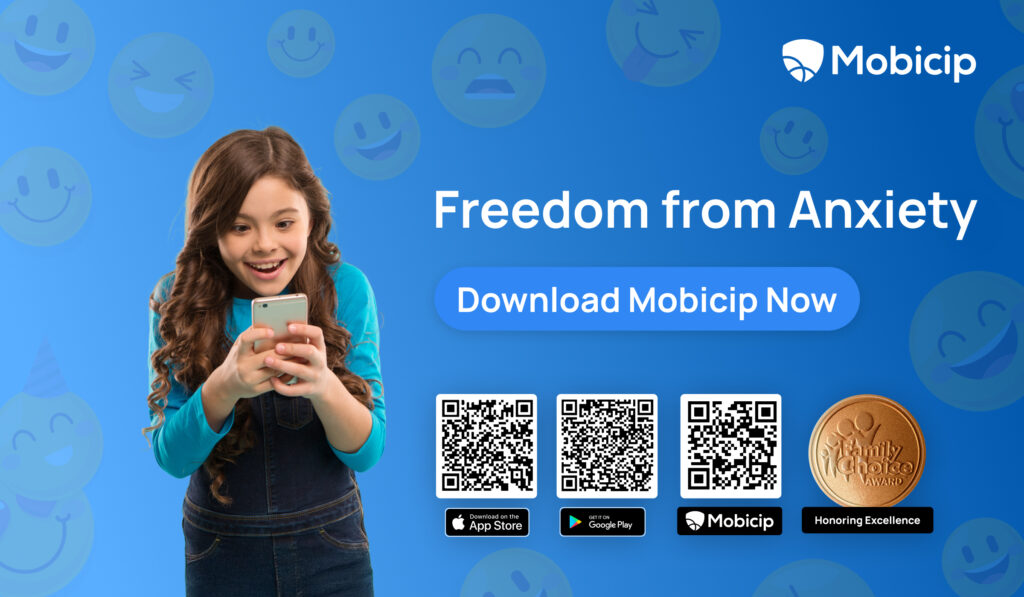
School and Community Involvement
Schools and community organizations play a vital role in fostering digital literacy and emotional well-being. Programs that teach critical thinking, empathy, and online etiquette equip children to navigate the internet responsibly. Collaboration between parents, educators, and community leaders creates a strong support network. This unified approach ensures that children’s online safety and mental health receive equal attention in both their educational and social environments.
Conclusion
While technology offers children countless opportunities to learn, connect, and create, it also carries risks that cannot be ignored. By recognizing the signs of digital anxiety, addressing its triggers, and using tools like Mobicip to set healthy boundaries, parents can help children develop resilience and balance. The goal is not to eliminate digital media from their lives but to ensure it remains a source of growth rather than a cause of harm.



